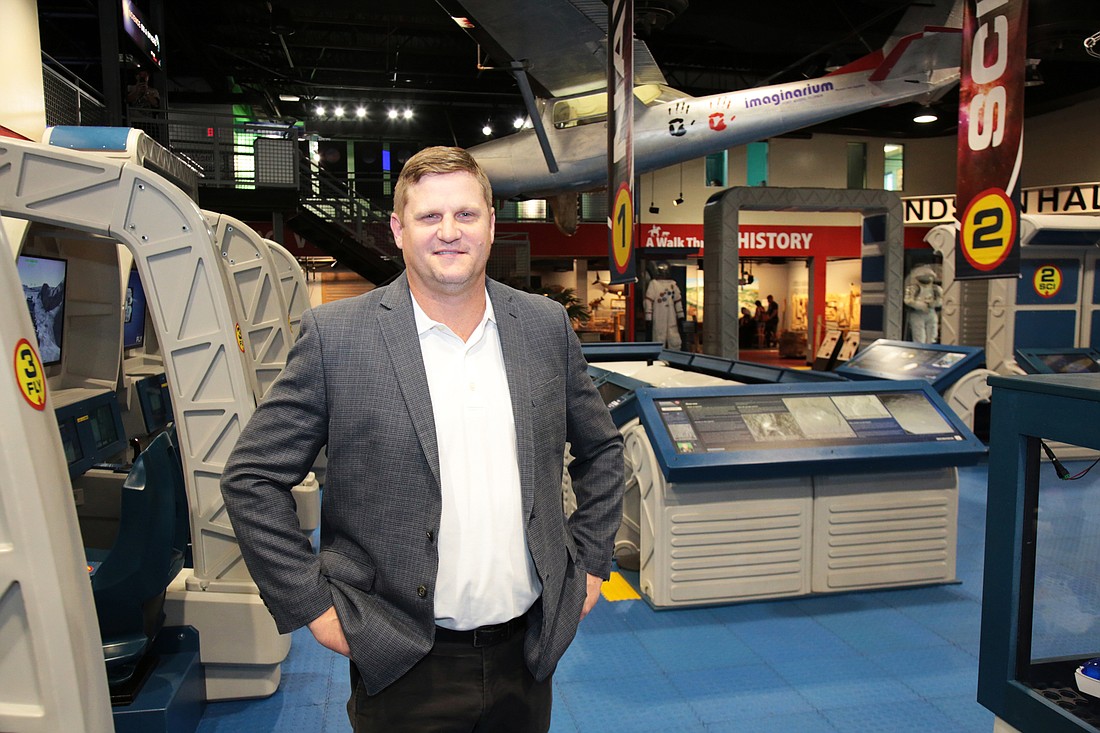- December 15, 2025
-
-
Loading

Loading

Matthew Johnson can’t emphasize enough the importance of cultural institutions to Fort Myers or any other city.
“It’s absolutely mandatory,” he says. “If you don’t have a cultural infrastructure, you don’t have a community. So it’s vital to have well-funded, high-functioning cultural centers.”